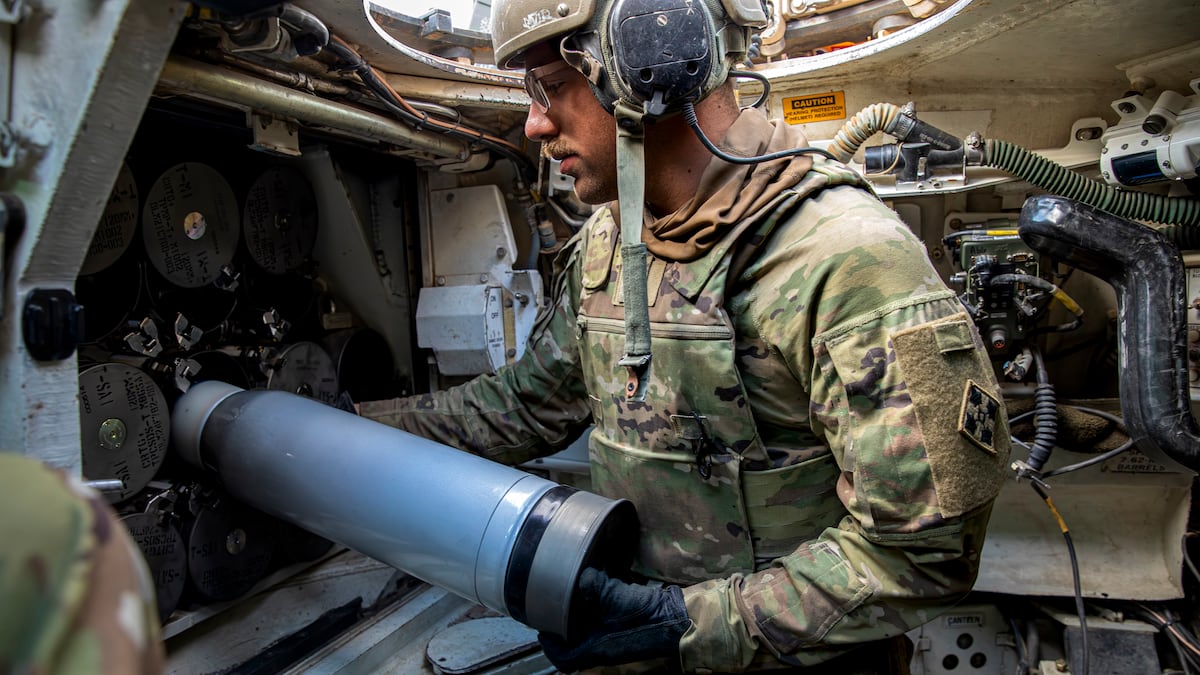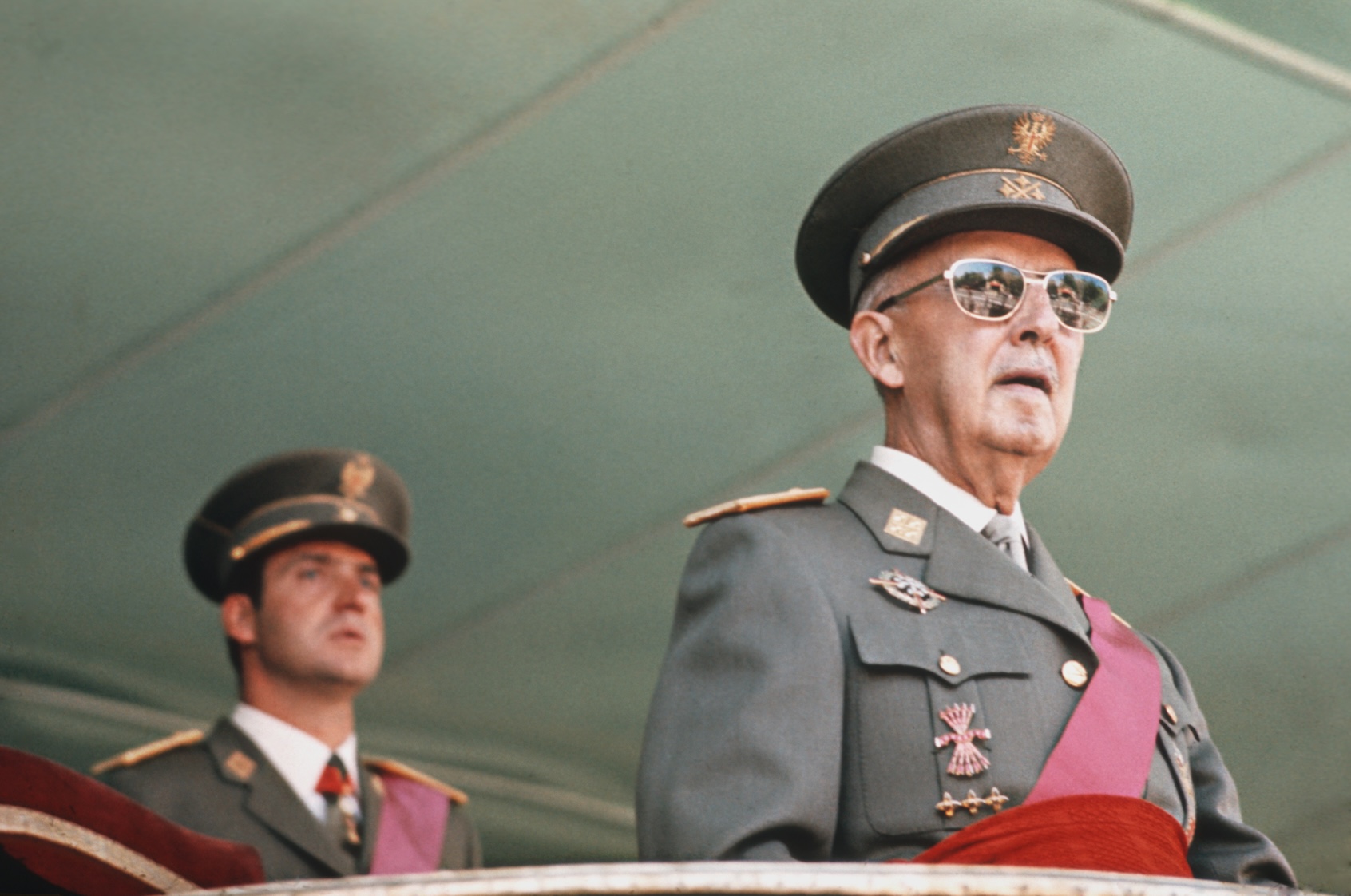The U.S. Army is contemplating the development of specialized tanks designed for urban warfare, recognizing that traditional armored vehicles may not be best suited for combat in densely populated areas. As urbanization accelerates, military operations in cities and villages are becoming increasingly common, prompting a need for tanks that can effectively navigate these challenging environments.
In a recent article for Armor Magazine, designer Michael McCabe emphasized that a tank engineered specifically for urban terrain would necessitate a fundamentally different design compared to conventional main battle tanks. He noted that while main battle tanks focus on long-range firepower and speed, urban combat demands a different approach. “In urban combat, however, the reverse is true: fights are at much closer ranges, mobility is measured by the ability to navigate sharp turns and tight streets, and speed can be sacrificed to retain maximum armor protection,” McCabe explained.
The unique challenges of urban warfare extend beyond mere mobility. Tanks must be capable of engaging targets at varying elevations and shooting around corners, which requires innovative design modifications. Historically, militaries have experimented with various armored vehicles suitable for urban combat. For instance, during World War II, Germany produced the Brumbar and the Sturmtiger, which were modified tanks designed for street fighting. However, these vehicles often lacked rotating turrets, limiting their effectiveness.
Retired Army Colonel Douglas Nash noted that the Germans believed that developing dedicated armored fighting vehicles (AFVs) for urban terrain was inefficient. Today, the conflict in Ukraine has seen the deployment of the BMPT Terminator, a vehicle based on the T-72 tank chassis, fitted with advanced weaponry for urban engagements. Yet, like its predecessors, the Terminator is essentially a modified main battle tank.
McCabe proposes a radical rethinking of urban tank design. His vision includes a heavily armored vehicle, featuring a V- or octagon-shaped hull to minimize damage from mines and improve shot deflection. Additionally, the inclusion of cage armor would help defend against drone attacks. “An urban tank would have a mixture of gun calibers for its main turret and side turrets,” he noted, indicating the need for rapid-fire capabilities to engage multiple threats simultaneously.
To enhance firepower, McCabe suggests using short-barreled guns that can maneuver easily in narrow streets, along with the possibility of incorporating flamethrowers to protect against hidden threats. The resulting vehicle would likely be a slow-moving, heavily fortified tank, reminiscent of early 20th-century designs. McCabe believes that modern technology, such as remote-controlled weapon stations and unmanned turrets, could alleviate some of the drawbacks seen in older multi-turret tanks, allowing for better maneuverability and combat effectiveness.
Safety for the crew is another paramount concern. McCabe emphasizes the importance of multiple escape hatches, stating that limiting exits to top hatches would significantly decrease the crew’s chances of escaping under fire. Balancing the factors of firepower, protection, and mobility presents a significant challenge for tank designers, particularly given the need for these vehicles to traverse urban environments where infrastructure can be limiting.
The cost associated with manufacturing specialized armored vehicles is a critical consideration as well. Nash argues that existing tanks could be adapted for urban combat. He suggests that an Abrams chassis, armed with a 165mm demolition gun and equipped with a bulldozer plow, could serve as a versatile vehicle capable of operating in various environments, not just urban settings.
Despite the complexities involved, McCabe is convinced that developing dedicated urban tanks is a necessity. “Urban combat without the presence of armored vehicles is extremely hazardous to the infantryman,” he stated. He further asserted that the side which successfully designs a purpose-built tank for urban warfare will gain a significant advantage over those relying solely on traditional main battle tanks.
As military operations continue to evolve, the need for innovative solutions in urban combat becomes increasingly clear. The U.S. Army’s exploration into specialized tank designs reflects a broader recognition of the shifting nature of warfare in an urban context.







